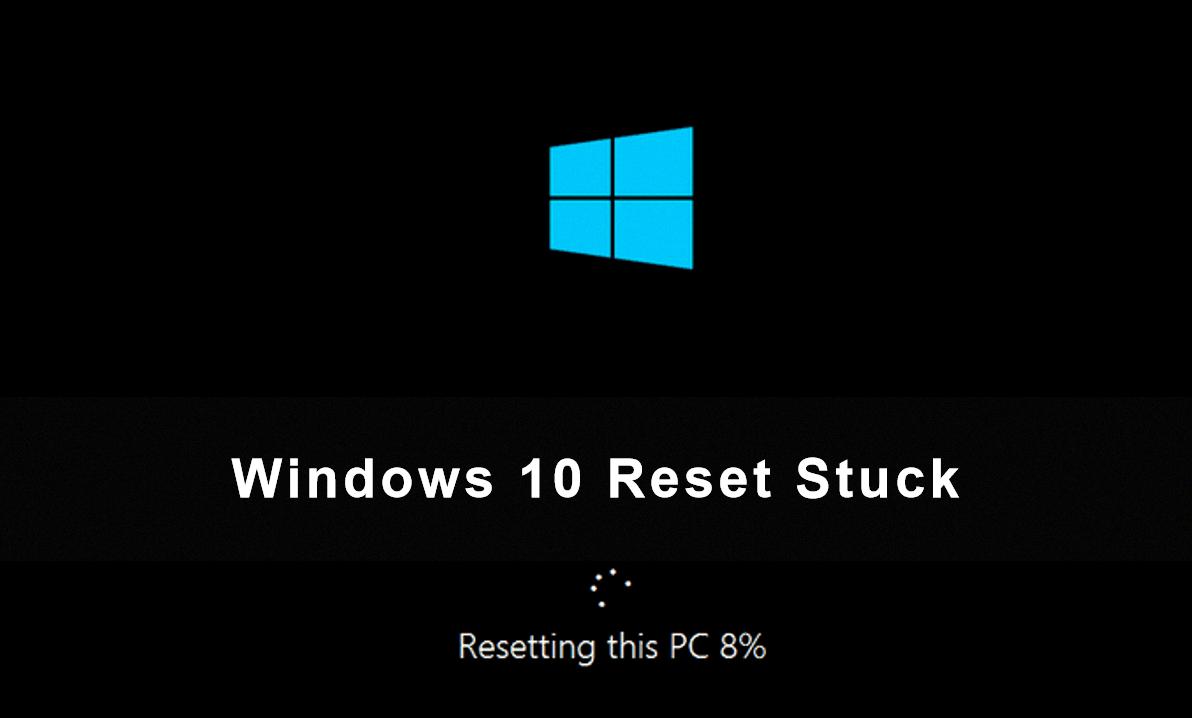Windows 10 is a widely used operating system that offers various features and functionalities. However, over time, you may encounter issues or want to start fresh with a clean installation. This is where the reset function comes into play. But how long does it take to reset Windows 10?
The time it takes to reset Windows 10 can vary depending on several factors. One of the main factors is the amount of data stored on your PC. If you have a large amount of data, it will take longer to clean and reset the system.
The type of storage you have also plays a role in the duration of the reset process. Primary storage, such as solid-state drives (SSDs), generally offers faster performance compared to secondary storage, such as hard disk drives (HDDs). Therefore, if you have an SSD, the reset process may be quicker.
On average, the reset process can take anywhere from 30 minutes to 3 hours. It is important to note that this is just an estimate and the actual time may vary. Additionally, the speed of your computer’s hardware, such as the processor and RAM, can also impact the duration of the reset process.
During the reset, Windows will reinstall and update the operating system while keeping your personal data and most Windows settings intact. This means that you don’t have to worry about losing important files or customizations.
However, it is crucial to let the reset process complete without interruption. If you turn off your computer or interrupt the process midway, it can lead to corruption of system files. In such cases, you may need a bootable USB drive to repair your PC.
The time it takes to reset Windows 10 can vary depending on factors such as the amount of data on your PC and the type of storage you have. On average, it can take anywhere from 30 minutes to 3 hours. It is important to let the process complete without interruption to avoid any issues.
How Long Should a Windows 10 Reset Take?
The duration of a Windows 10 reset can vary depending on several factors:
1. Amount of data: The more data you have on your PC, the longer it will take to reset. This includes files, programs, and applications. If you have a large amount of data, the reset process will take more time to remove and reconfigure everything.
2. Storage type: The type of storage you have can also impact the reset time. If you have a solid-state drive (SSD), the reset process will generally be faster compared to a traditional hard disk drive (HDD). SSDs are known for their faster read and write speeds, which can speed up the overall reset process.
3. Primary or secondary storage: If you are resetting your primary storage, which typically contains the operating system and system files, it may take longer compared to resetting secondary storage like additional hard drives or external devices. This is because the primary storage contains more critical system components and requires more extensive reconfiguration.
In general, the reset process for a Windows 10 PC can take anywhere from 30 minutes to 3 hours. However, it’s essential to note that this is just an estimate, and actual times may vary. Factors like system specifications, system performance, and any additional customizations can also affect the reset duration.
It’s always a good idea to ensure you have a backup of your important data before initiating a reset. Additionally, make sure to have a stable power source and avoid interrupting the reset process to prevent any potential issues or data loss.

Will You Lose Windows 10 If You Factory Reset?
You will not lose Windows 10 if you perform a factory reset. When you factory reset your PC, it reinstalls and updates Windows while preserving your personal files and most Windows settings. However, it is important to note that some settings and applications may be reset or removed during the process.
Here are the key points to keep in mind:
– Factory resetting your PC is a process that restores your computer to its original state as if it was brand new out of the box.
– It removes any software changes, system updates, and user data that have been added to the computer since its initial setup.
– However, Windows 10 is a part of your computer’s hardware and will remain installed even after a factory reset.
– The purpose of a factory reset is to provide a fresh start by removing any potential issues or conflicts that may have occurred over time.
– During the reset process, you will have the option to choose whether you want to keep your personal files or remove everything.
– Selecting the option to keep your personal files will preserve your documents, pictures, videos, and other files, while removing installed applications and settings.
– It is always recommended to back up your important files before performing a factory reset, just in case.
A factory reset will not remove or uninstall Windows 10 from your PC. It simply reinstalls and updates the operating system while keeping your personal files intact.
What Happens If You Turn Off Your PC While It’s Resetting?
When you turn off your computer while it is in the process of resetting, it can lead to several consequences, including:
1. Corrupted System Files: The resetting process involves making changes to the system files of your computer. If the process is interrupted abruptly, these files may not be properly updated or saved, resulting in corruption. Corrupted system files can cause various issues such as system instability, error messages, or even complete system failure.
2. Incomplete Reset: Turning off your computer during the reset process can leave the system in an incomplete state. This means that some settings or configurations may not be fully applied, leading to potential errors or inconsistencies in the operating system.
3. Data Loss: Depending on the stage of the reset process at the time of shutdown, you may risk losing important data. If the reset was meant to remove all personal files and settings, interrupting the process may result in partial deletion, leaving your data in a vulnerable state.
4. Unstable Operating System: Interrupting a reset can leave your operating system in an unstable state. This instability may manifest as frequent crashes, slow performance, or unexpected behavior of applications and system functions.
Turning off your computer while it is resetting can lead to corrupted system files, incomplete reset, data loss, and an unstable operating system. It is crucial to allow the reset process to complete uninterrupted to avoid these consequences.
Conclusion
Resetting your Windows 10 PC can be a useful solution when you want to perform a clean reinstallation and update of the operating system. The time it takes to reset your PC can vary depending on factors such as the amount of data stored on your PC and the type of storage you have (primary or secondary). On average, it can take anywhere from 30 minutes to 3 hours.
During the reset process, it is important to allow your PC to complete the reset without interruption. If you turn off your computer late during the process, it can result in corrupted system files, and you may need a bootable pen drive to repair your PC.
Resetting your PC allows you to keep your personal data and most Windows settings intact, making it a convenient option for those who want a fresh start without losing their important files. However, it is always recommended to back up your data before performing a reset to avoid any potential loss.
Resetting your Windows 10 PC can be a beneficial step to resolve certain software issues and improve the performance of your system. Just make sure to allocate enough time for the process and follow the instructions carefully to ensure a successful reset.








